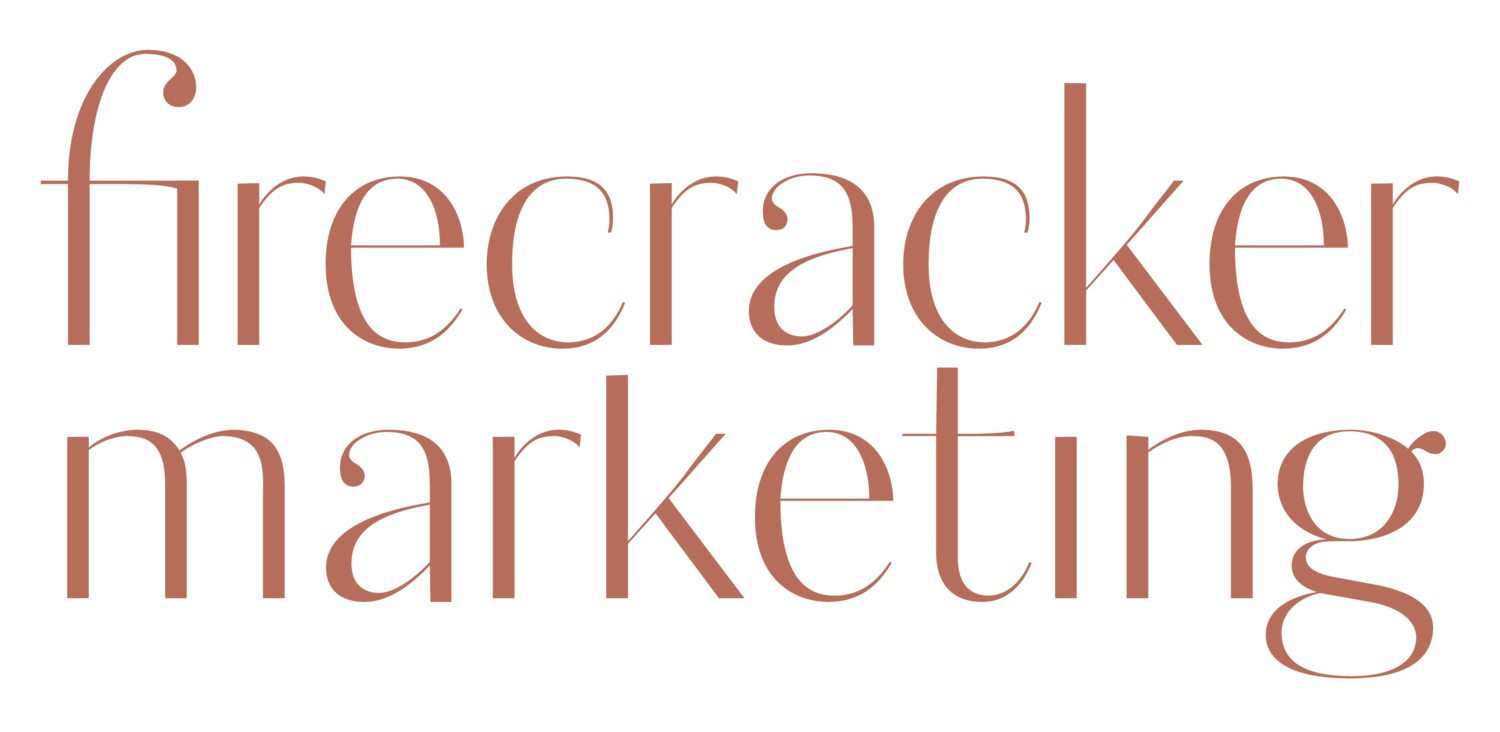Key Strategies for Food and Beverage Digital Marketing
Have you ever watched “The Bear” and felt like you were going to throw up and your blood pressure was skyrocketing? Welcome to the restaurant industry! Ain’t it fun?!
The food and beverage industry is one of the most competitive and dynamic sectors in the world. With changing consumer preferences, evolving technologies, and increasing regulations, food and beverage businesses need to constantly adapt and innovate to stay ahead of the curve.
One of the most effective ways to reach and engage your target audience, increase brand awareness, and drive sales is through strategic digital marketing. Digital marketing refers to any online marketing activities that use digital channels such as websites, social media, email, search engines, mobile apps, and more. You get it. Computers & phones, baby!
But how do you create a successful digital marketing strategy for your food and beverage business? Here are some key tips to help you get started.
Define your goals and objectives
Before you dive into any digital marketing campaign, you need to have a clear idea of what you want to achieve and how you will measure your success. Some common goals for food and beverage businesses are:
Increase website traffic
Generate leads or inquiries
Boost online sales or orders
Grow social media followers or engagement
Build brand loyalty or reputation
Educate or inform customers about your products or services
Once you have your goals, you need to set specific, measurable, achievable, relevant, and time-bound (SMART) objectives that will help you track your progress and evaluate your results. For example, if your goal is to increase website traffic, your objective could be to increase the number of unique visitors by 20% in six months.
Know your target audience
The next step is to understand who your ideal customers are and what they want from you. You can use various tools and methods to research your target market, such as:
Customer surveys or interviews
Online analytics or data
Social media listening or monitoring
Competitor analysis or benchmarking
Buyer personas or profiles
By knowing your target audience, you can create more relevant and personalized content and messages that resonate with them and address their pain points, needs, desires, and expectations.
Choose the right channels and platforms
Depending on your goals, objectives, audience, budget, and resources, you need to select the most suitable digital channels and platforms for your food and beverage business. Some of the most popular and effective ones are:
Website: Your website is your online storefront and the hub of all your digital marketing activities. You need to make sure that your website is attractive, user-friendly, mobile-responsive, fast-loading, secure, and optimized for search engines (SEO).
Social media: Social media is a great way to connect with your customers, showcase your products or services, share valuable content or information, generate feedback or reviews, and build a loyal community. (DUH y’all!) You can use different social media platforms such as Facebook, Instagram, Twitter, Pinterest, YouTube, TikTok, etc., depending on where your audience is most active and what type of content they prefer.
Email: Email is one of the most cost-effective and powerful digital marketing tools that can help you communicate with your customers on a regular basis, nurture leads or prospects, promote offers or discounts, encourage repeat purchases or referrals, and increase customer retention or loyalty. You can use email marketing software or tools such as Mailchimp, Constant Contact, AWeber, etc., to create and send personalized and targeted email campaigns.
Search engine marketing (SEM): SEM refers to any paid advertising activities that use search engines such as Google or Bing to display your ads to users who are searching for keywords related to your products or services. You can use pay-per-click (PPC) advertising platforms such as Google Ads or Bing Ads to create and manage your SEM campaigns.
Content marketing: Content marketing is the process of creating and distributing valuable, relevant, and engaging content that attracts and retains your target audience and drives them to take action. Content can be in various formats such as blog posts, articles, videos, podcasts, e-books, webinars, infographics, etc., depending on your goals, objectives, audience, and channels. You can use content management systems (CMS) such as WordPress, Wix, Squarespace, etc., to create and publish your content.
Create a content calendar
A content calendar is a document that helps you plan, organize, and schedule your content creation and distribution across different channels and platforms. A content calendar can help you:
Align your content with your goals, objectives, and audience
Ensure consistency and quality of your content
Avoid duplication or gaps in your content
Manage your time and resources efficiently
Track and measure your content performance and results
Conclusion
In the restaurant business, if you break even, you're lucky. It's a really hard business, it's a survival business. - Dominique Crenn
Digital marketing is a must-have for any food and beverage business that wants to survive and thrive in the competitive and dynamic market. By following these key strategies, you can create a successful digital marketing plan that will help you reach and engage your target audience, increase brand awareness, and drive sales.
And if all of this sounds like a lot to manage (it is, trust us!) consider bringing on a partner agency that can help (we know a good one hahahah, please laugh). We’re always open to helping, consulting or working with your team. To learn more, email us info@firecrackermktg.com.

